One of Madrid’s great mysteries is why Philip II named a country backwater as his capital when he had other, far more well-established cities to choose from. While Madrid is geographically slap bang in the center of Spain, in the 16th century roads were so poor that some believe delays in delivering the king’s orders to his fleets contributed to the Spanish Armada’s defeat at the hands of the English. Inadequate infrastructure also meant it was extremely difficult to house the court when it first descended on the town.
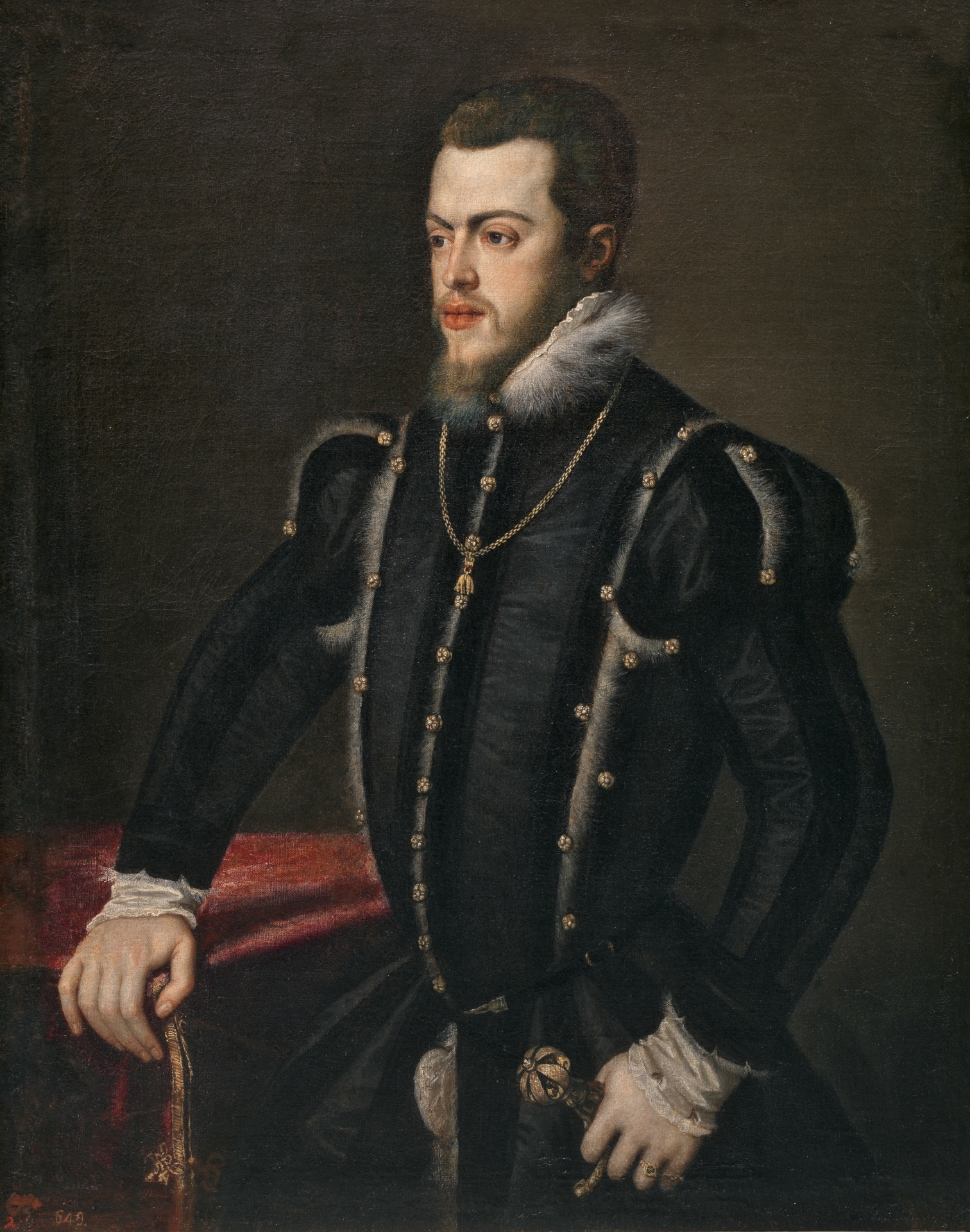
So why did Philip pick a land-locked rural town of only 15,000 inhabitants for his capital? One reason might perhaps have been the fact that it was less likely to be affected by epidemics. Writing in the early 17th century, historian and friar Jerónimo de la Quintana declared Madrid to be “the healthiest place in the kingdom affected by neither plagues nor other dangerous diseases.” He was not wrong; during the 16th century, costal regions in Andalucía and Catalonia were particularly badly hit by epidemics of the plague, while Madrid remained unscathed.
One of the worst outbreaks took place in Seville in 1522 at the height of which 800 people died each day. The reason was that ships laden with cargo often also brought in rats that carried the infection. If you are interested in this grim period, I highly recommend the TV series La Peste (The Plague), which is based in 16th century Seville during an outbreak of the bubonic plague and tackles weighty subjects including the Spanish Inquisition and the struggles of Spaniards living in crushing poverty.
[youtube https://www.youtube.com/watch?v=JRl6Dy7I8SA&w=560&h=315]
As I mentioned before, due to its landlocked position, Madrid seems to have mostly been spared the ravages of the plague. However, those living in the city were not complacent. During outbreaks that occurred elsewhere between 1640 and 1650, all correspondence coming into the city was dipped in vinegar and in 1649, anyone who had stayed in affected cities were prohibited from entering Madrid. The penalty for harbouring infected out-of-towners was death.
This is not to say that Madrid had never had a brush with the plague prior to becoming the capital. Though we don’t know how the city fared during the Black Death in the 14th century, we do know that an outbreak hit in 1435 causing the authorities to shut the city gates. According to The Diplomat in Spain, at that time the court of John II of Castile happened to be receiving ambassadors from the king of France. Also with the court were ambassadors from Tunisia, Avarre and Aragon. When the plague hit, the king fled to Illescas in Toledo and the ambassadors were led to a safe encampment outside the city gates, in area that became known for this reason as Embajadores.
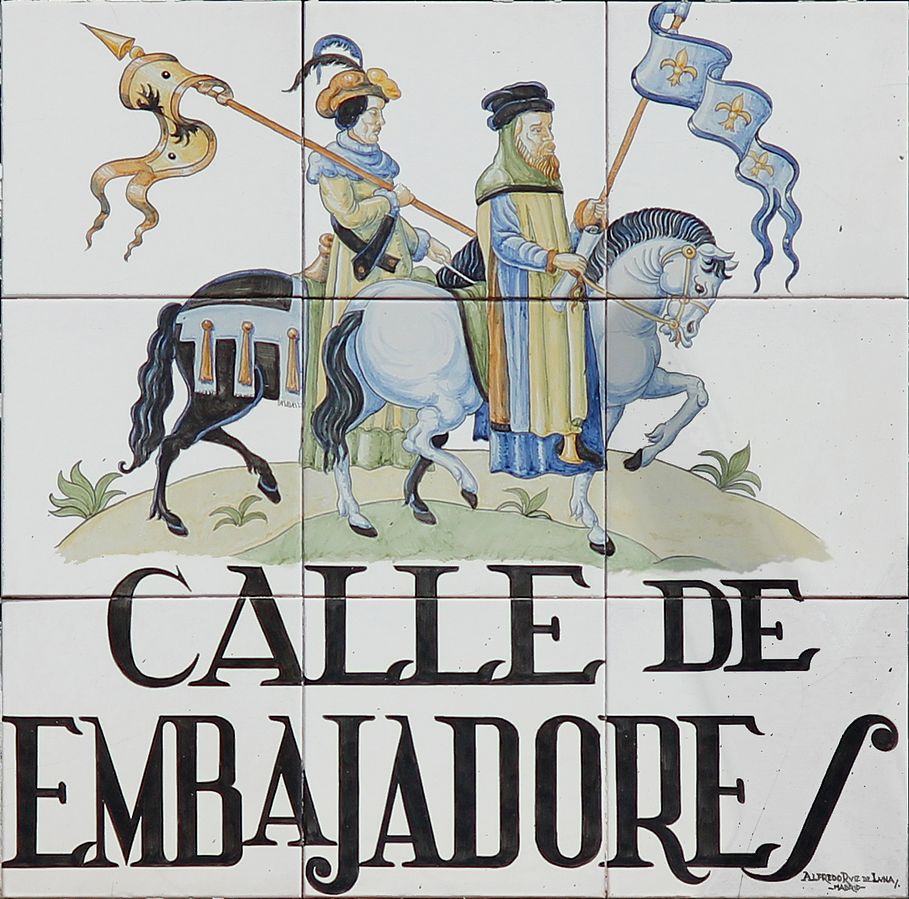
One other reminder of this period is the Calle de la Salud, a small street that links Calle del Carmen and Gran Via. The street got its name because while other Madrileños languished from the bubonic plague, those living in the area remained unaffected. It’s possible this was down to the fact that they not only had their own water source, but also only ate animals and vegetables raised on that land, thus avoiding contamination.
A clean water supply is, of course, key to fighting disease. From the outset, Madrid had an excellent water supply fed by underground streams. The city’s original Arabic name Mayrit actually means just that, i.e. place of many springs. Its location on top of a hill was also advantageous. While back in the 16th century there was no sewage system, human waste, thrown out of a window with an accompanying cry of “Agua Va!” would make its way downhill to the Manzanares River. Unless you were unfortunate enough to be living on this slope, where present day Lavapiés now stands, conditions were reasonably healthy for the period.
Those living on this slope, of course, fared worse. Downwind from the slaughterhouses and tanneries, the inhabitants of Lavapiés were considered to be the lowest of the low, with a great number of them being descendants of Jews who had been forced to convert to Christianity or face expulsion from Spain in 1492. Not only were they prey to the Spanish Inquisition, but, living in cramped unsanitary conditions, though which the city’s raw sewage flowed, they would have been the first to succumb to disease.
One of the reasons the poor are always worst hit is overcrowding and in 1834, during an outbreak of cholera, the city was packed to the gills. By now Madrid’s population had reached 200,000, a number that was rapidly growing due to civil unrest caused by Carlist troops who were challenging the right of infant Isabella II to the throne. Escaping to the relative safety of Madrid, many citizens found now themselves the victims of an invisible enemy that took a total of 3,564 lives in the month of July alone. According to Iagua, these deaths went unacknowledged in the heavily censored press.
![MatanzadefrailesenMadriden1834_thumb[1]](https://themakingofmadrid.com/wp-content/uploads/2020/04/MatanzadefrailesenMadriden1834_thumb1.jpg)
As the 19th century wore on, conditions in the city improved somewhat with Canal Isabel II supplying fresh water from the mountains from 1858 onward and the city walls being demolished in 1868, allowing the rich at least to disperse northwards into the wealthy new barrio of Salamanca. However, the city’s population continued to rise rapidly in line with industrialisation, more than doubling over the course of the 19th century to 575,000, making the threat of disease ever present. In 1885 cholera hit the city again causing 1,366 deaths and bringing the middle classes to the brink of a rioting over the city council’s lack of action. Later, in 1912, an outbreak of smallpox went largely untreated despite the availability of a vaccine – perhaps one of the reasons why the death toll was under reported.
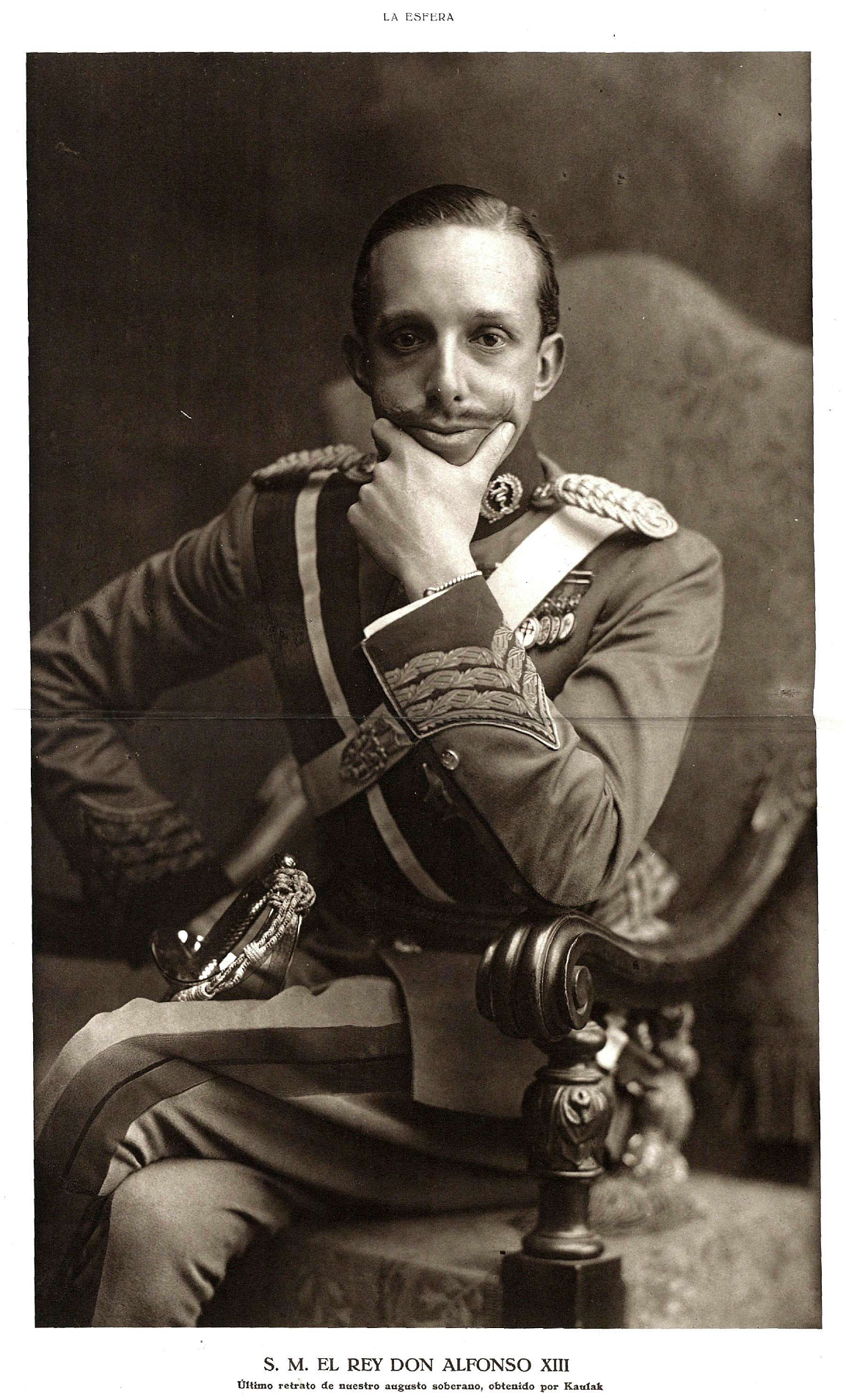
Which brings us up to the misleadingly named Spanish flu – which actually emerged in other countries including Germany and the U.S. before hitting Spain. As the initial reports of the illness were censored to maintain morale during World War I, it first made global headlines when Alfonso XIII became ill with the virus in 1918. While viruses don’t discriminate, they still largely affect the poorer sections of society, Alfonso, however, was notorious for being unfaithful to his wife Victoria Eugene of Battenberg (Queen Victoria’s granddaughter) and it’s highly likely that his amorous adventures led to his illness.
The national death toll at the end of the epidemic was a whopping 200,000 and matters weren’t helped in the early days by the fact that the Saint Isidro fiestas of 1918 were allowed to go ahead doubling the number of infected in the city – of course, we can’t help but be reminded of Pedro Sanchez here, who is probably kicking himself for allowing the Women’s March to go ahead on March 8, thus compounding the city’s current COVID-19 problem.
The upcoming Saint Isidro fiestas of course have now been cancelled along with all summer festivities as Madrid finds itself again struggling with an invisible enemy. As I write this I am, like most of you, sheltering in place, unsure and lets be honest, a little afraid of what is to come. While Madrid may have been able to avoid being ravaged by the plague due to its landlocked position back in the 16th century, improved transport links and a swelling population have made it increasingly vulnerable to epidemics, with the city now falling victim to its own success as a tourist destination, becoming one of the worst affected areas in the world from the virus.
What lies ahead is unclear. While lessons can be drawn from history, nature has proven to be one step ahead of humans. What is clear is that censorship and fake news only compound the problem and that, even though we are justified in feeling a little sorry for ourselves, we should always consider the plight of those less fortunate, be it abroad or closer to home. According to El País, soup kitchens, food banks and other charitable organizations are struggling to keep up with demand for food. So if you’re feeling a little bit powerless against this virus, a donation might be a small way to fight back and make a difference.
Now we’re coming out of the epidemic, it’s possible to explore the city streets once again! If you’re keen to explore, check out the tours I have on offer and get in touch if interested.
To write this article I am indebted to articles in La Librería’s blog, in Lanza, in ABC, and in La Razon.
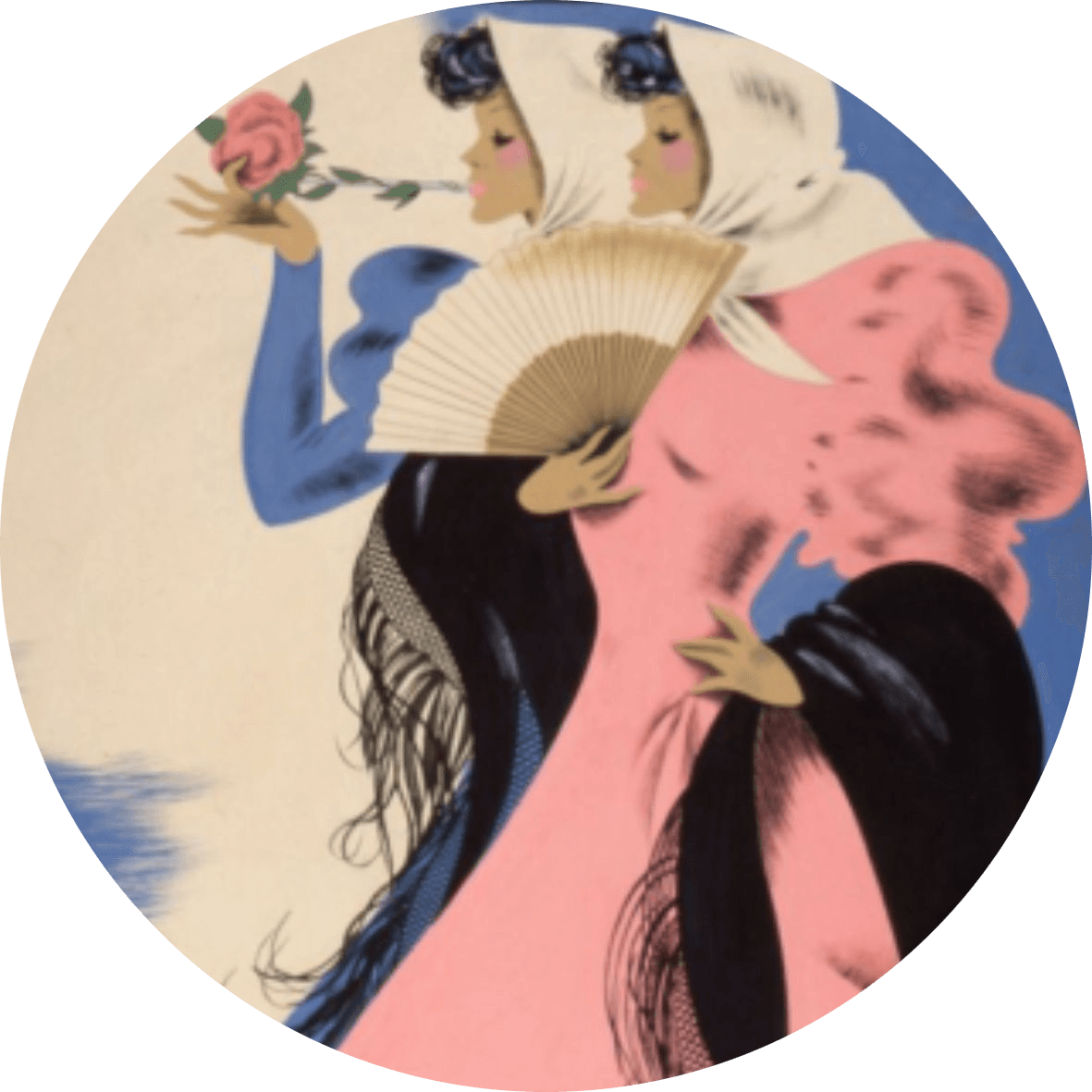
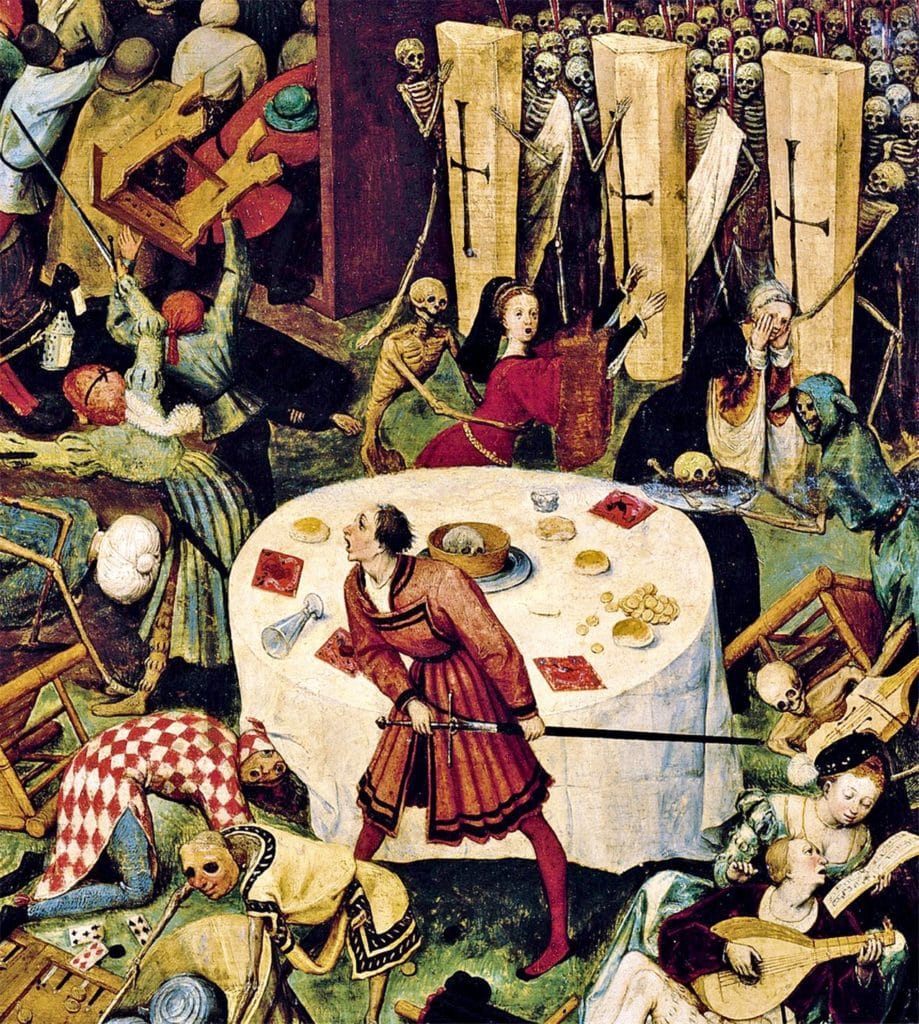
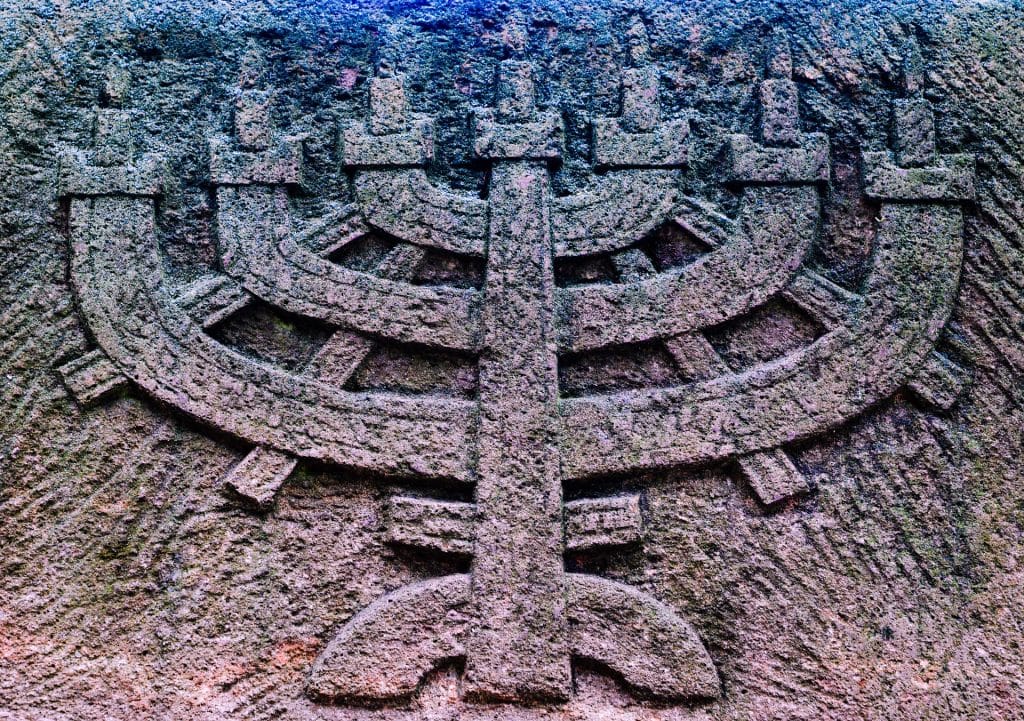
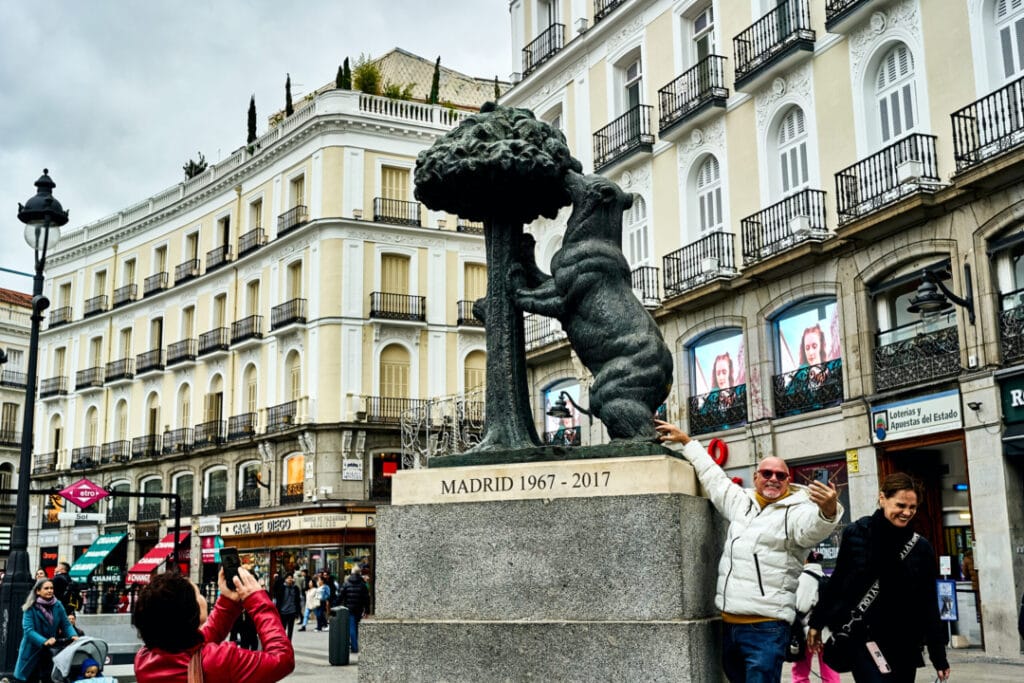

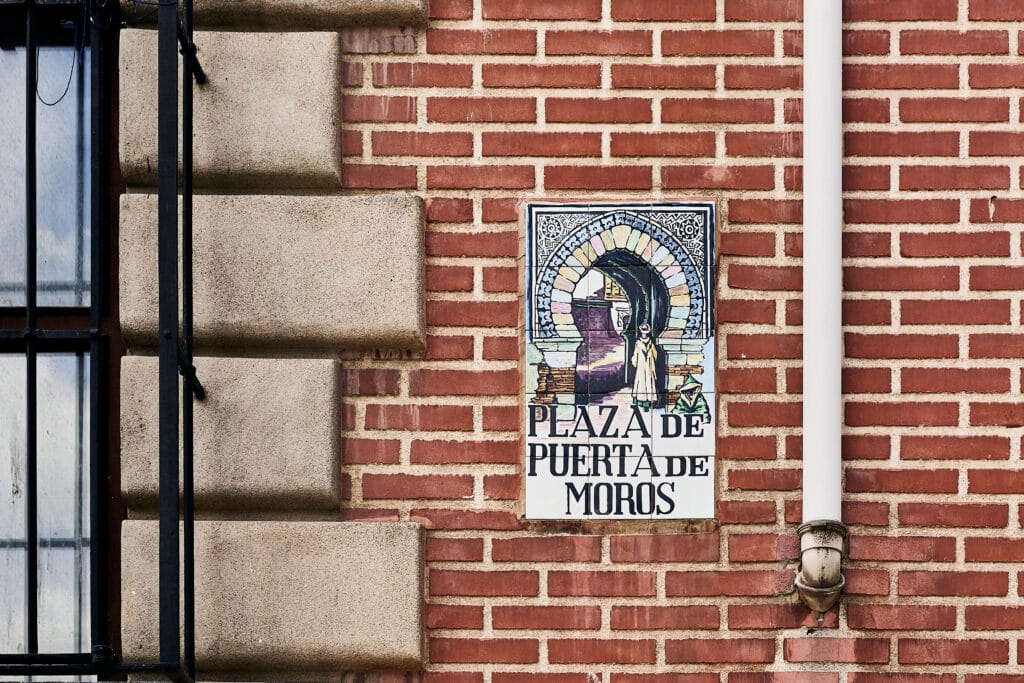
The gap between regional and national decision-making also encouraged many wealthy Madrid residents to hurry to their seaside homes, once all Madrid schools had been shut, at the risk of further spreading a virus that was already firmly embedded in Spain’s capital.
Pingback: From social housing to hot property - The Making of Madrid
Pingback: Ground Cerro - The Making of Madrid
Pingback: Café Barbieri Saved by New Owners - The Making of Madrid
Pingback: Alfonso XIII: Playboy King and Porno Pioneer - The Making of Madrid